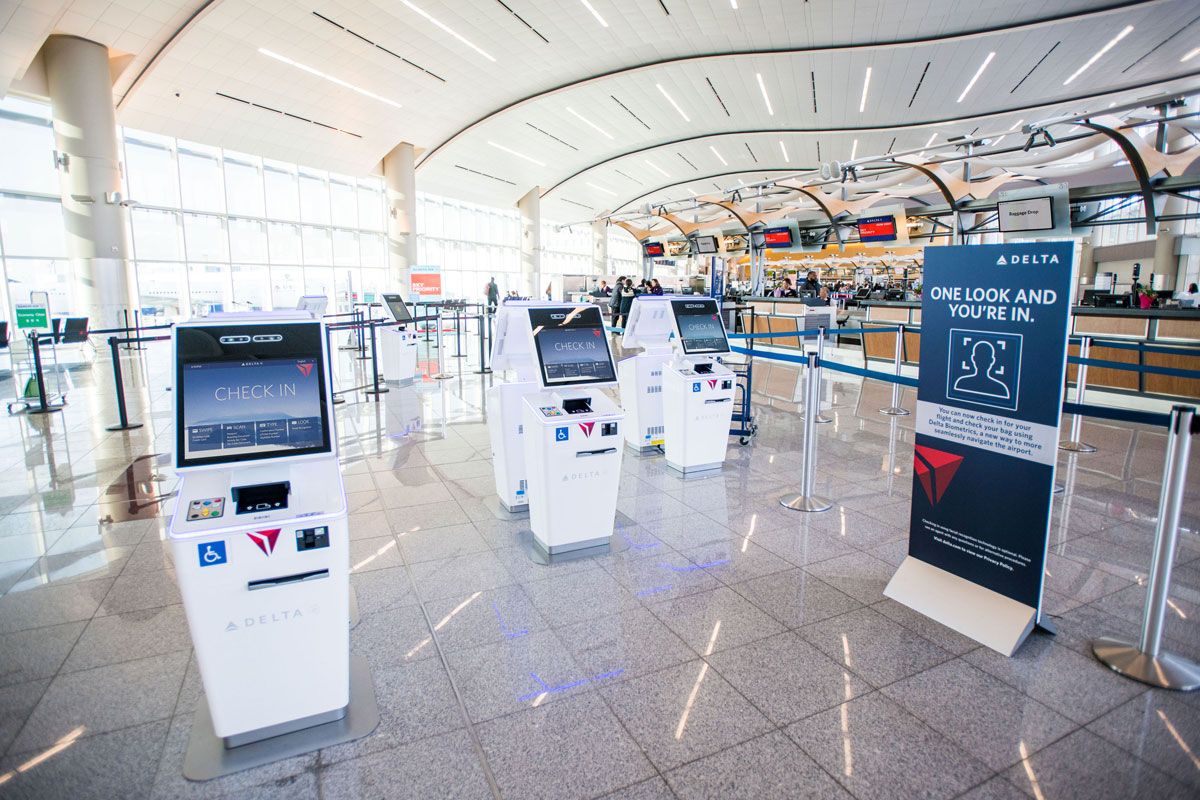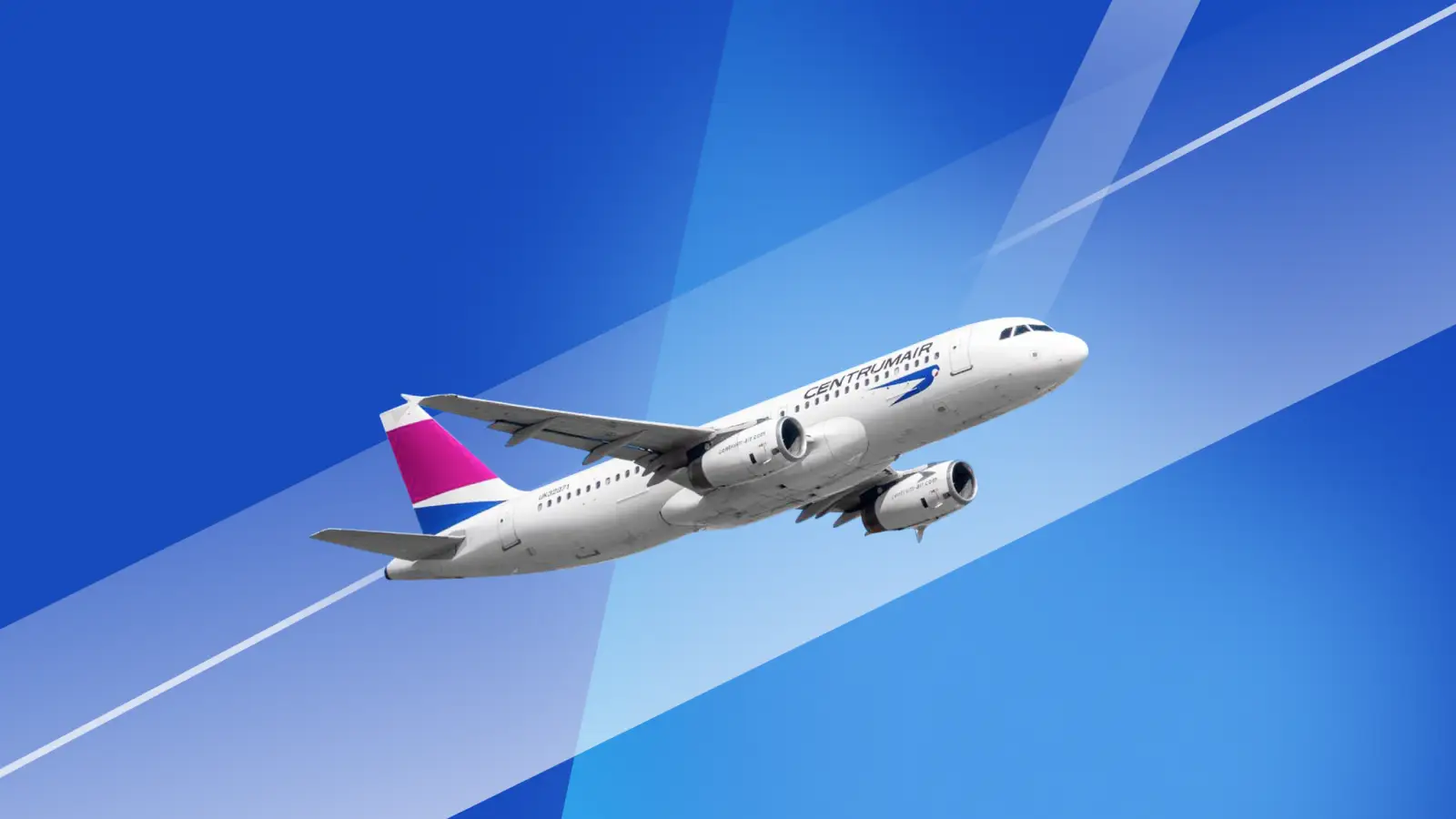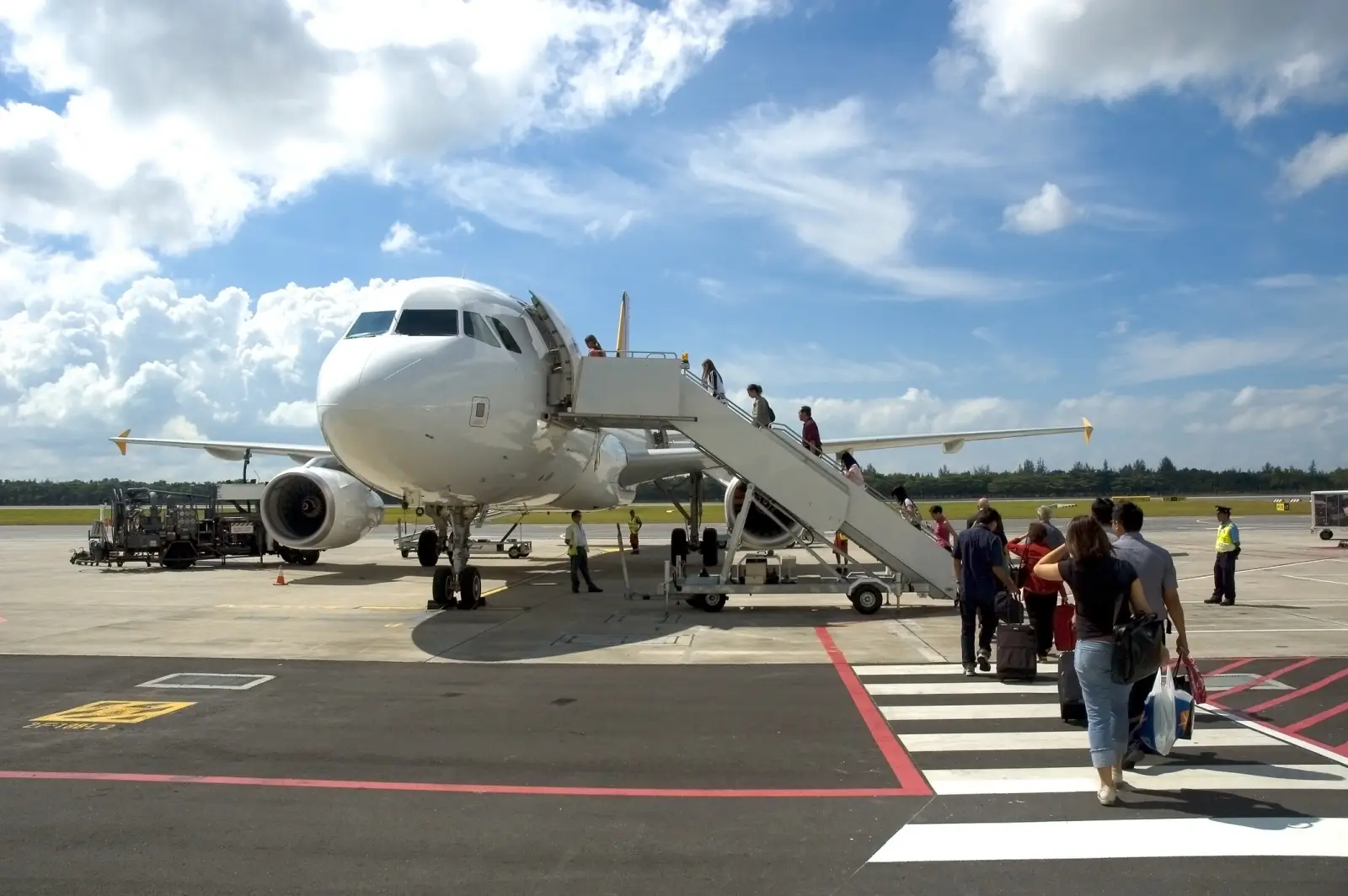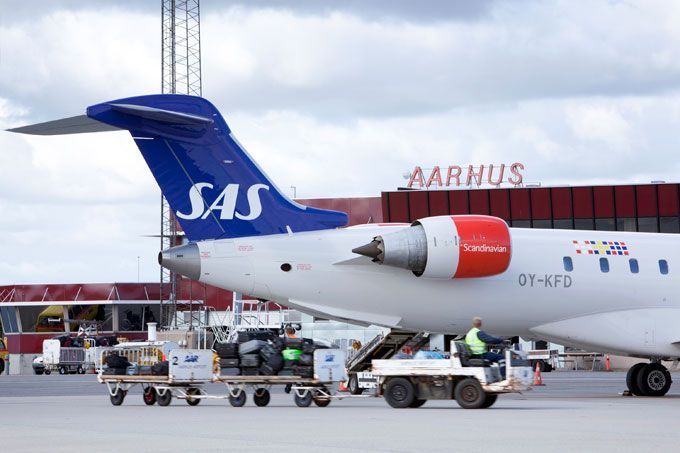Biometric travel is quickly becoming the future of airport experiences, and a new tool from the International Air Transport Association (IATA) is making that future easier to access.
With the launch of its Contactless Travel Directory, IATA is helping airlines expand biometric services worldwide—potentially replacing traditional travel documents with your face.
This global directory serves as a one-stop resource for airlines looking to implement contactless processes at airports. From check-in to boarding, biometric travel allows passengers to move through each stage without showing a passport, boarding pass, or other physical ID. Instead, facial recognition technology verifies your identity in real time, speeding up the journey while adding an extra layer of security.
Now, with IATA’s new directory in place, airlines can quickly identify which airports support biometric touchpoints and whether specific nationalities or age groups are eligible to use them. It also outlines the technical requirements for integrating with airport and partner airline systems, creating a seamless network that could eventually replace paper-based travel altogether.
For travelers, this could mean no more fumbling for documents at security or waiting in long lines at boarding gates. Instead, you’ll enroll once—often during online check-in or at the airport kiosk—and use your face to breeze through bag drop, lounge access, security screening, and final boarding. It’s a leap toward a smoother, faster, and less stressful airport experience.
Making Contactless Travel a Global Reality
The Contactless Travel Directory builds on IATA’s One ID initiative, which promotes biometric recognition as a standard across the aviation industry. As more airports introduce facial recognition technology and digital identity systems, having a centralized source of information will make it easier for airlines to scale services quickly and accurately.
Nick Careen, IATA’s Senior Vice President of Operations, Safety and Security, emphasized the impact: “The release of the Contactless Travel Directory will make it easier for airlines to expand biometric service opportunities for their customers. As travelers expect ever greater efficiency, biometric recognition technology is taking on a growing role in facilitating travel.”
To show how it works in practice, IATA is teaming up with several industry leaders during this week’s Passenger Terminal Expo in Madrid. Delegates can enroll in a fictional flight between the UK and Spain using the WorldJet Airline App, then pass through biometric checkpoints at Airware and IDEMIA booths—mirroring what it would feel like in a real airport. Digital identity management providers like IDEMIA and iPassport, along with services company Airware, are among the first to demonstrate how the Directory can support fully contactless journeys.
In the coming years, biometric travel is expected to expand well beyond major international hubs. As more airports adopt facial recognition systems and airlines adapt to new technologies, the travel process could shift dramatically. Biometric IDs might eventually replace not just passports, but also boarding passes, hotel keys, and even customs forms.
For now, IATA’s Contactless Travel Directory is a critical piece of infrastructure that helps make this transformation possible. It gives airlines the tools they need to upgrade passenger journeys, coordinate with partner airlines, and offer the kind of frictionless experiences that modern travelers increasingly expect.
From security efficiency to health safety and convenience, the benefits of biometric travel are hard to ignore. With facial recognition technology gaining traction and IATA setting the standards, it may not be long before your passport becomes something you leave at home—and your face does all the traveling for you.













